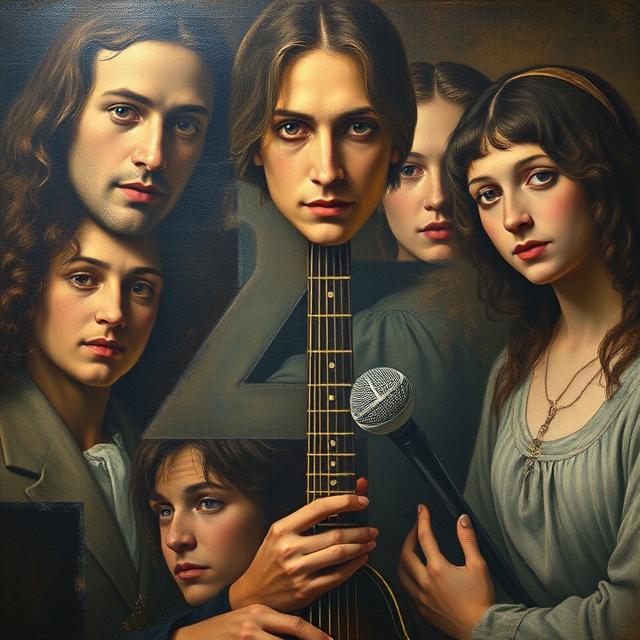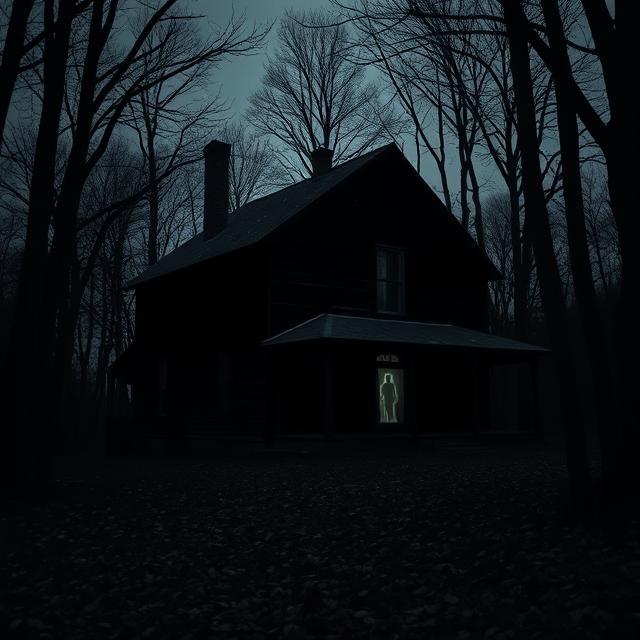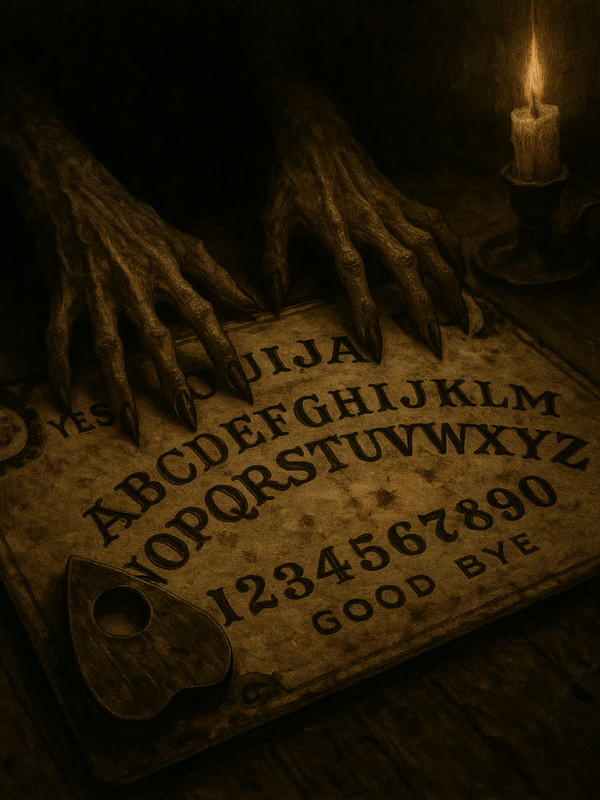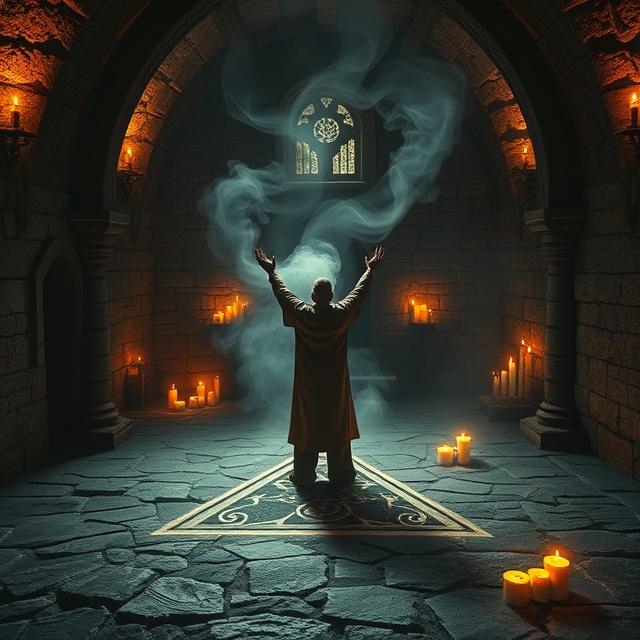The “27 Club” is more than just a list; it’s a cultural mythos, a dark constellation in the firmament of rock and roll and popular music. The sheer number of iconic artists who met their untimely demise at this specific age has fueled countless discussions, conspiracy theories, and a pervasive sense of tragedy surrounding the number 27 within the music industry. From blues legend Robert Johnson to grunge icon Kurt Cobain and soul sensation Amy Winehouse, the roll call of the 27 Club reads like a who’s who of influential musicians who left the world far too soon, often amidst circumstances of excess, addiction, or violence.
The origins of the “club” as a widely recognized phenomenon are somewhat hazy, but the deaths of several high-profile musicians within a short period in the late 1960s and early 1970s significantly contributed to its initial notoriety.
One of the earliest and arguably most influential members is Robert Johnson. This enigmatic blues guitarist, whose life is shrouded in legend, died in 1938 at the age of 27. While the exact cause of his death remains debated (poisoning is a popular theory), his profound influence on subsequent generations of musicians and the mystique surrounding his life and supposed deal with the devil have cemented his place as a foundational figure, even if the “club” wasn’t formally recognized at the time.
The late 1960s and early 1970s saw a cluster of deaths that truly brought the idea of a cursed age into the public consciousness. In 1969, Brian Jones, a founding member of the Rolling Stones, died at 27 due to drowning in his swimming pool, amidst a backdrop of drug use and personal turmoil. Just a year later, in 1970, the electric guitar virtuoso Jimi Hendrix died at 27 from asphyxiation due to a drug overdose. Only weeks later, the iconic singer-songwriter Janis Joplin also died at 27 from a heroin overdose. And in 1971, the charismatic frontman of The Doors, Jim Morrison, passed away at 27 in Paris, with the official cause of death listed as heart failure, though the circumstances remain somewhat mysterious.
This string of high-profile deaths, all occurring at the same young age and often linked to the excesses of the rock and roll lifestyle, began to fuel the notion that there was something more than mere coincidence at play. The “27 Club” started to take shape as a cultural phenomenon, a morbid point of fascination.
The 1990s saw another tragic addition to the list with the death of grunge icon Kurt Cobain in 1994. The Nirvana frontman, who struggled with addiction and depression, died by suicide at the age of 27, further solidifying the club’s dark allure for a new generation. Cobain’s death, in particular, resonated deeply and amplified the existing anxieties surrounding the age of 27 for musicians.
In the 21st century, the phenomenon resurfaced with the death of British soul singer Amy Winehouse in 2011. Winehouse, who battled with substance abuse, died of alcohol poisoning at the age of 27, once again bringing the “27 Club” into the headlines and sparking renewed discussions about the potential reasons behind this pattern.
The sheer number of talented artists dying at this specific age is undeniably striking. Beyond the aforementioned figures, other musicians who passed away at 27 under often tragic circumstances include blues guitarist Alan “Blind Owl” Wilson of Canned Heat, Rolling Stones guitarist Dave Cloud, and more contemporary artists like Anton Yelchin (though his death was due to a car accident, adding a different dimension to the “club”).
So, what explains this seemingly disproportionate number? Is it merely a statistical anomaly, a sad coincidence amplified by the fame of the individuals involved and our human tendency to find patterns? Or is there something more at play, perhaps hinting at the darker side of fame, the pressures of the music industry, or even something more esoteric?
The most straightforward explanation is coincidence. Given the large number of musicians who achieve fame at a young age and the inherent risks associated with the rock and roll lifestyle (including drug and alcohol abuse, the pressures of constant touring, and the intensity of fame), it is statistically plausible that a certain number of them would die in their twenties. The fact that this clustering occurs at 27 might simply be an unfortunate alignment of numbers.
However, this statistical argument often feels unsatisfying to those who are drawn to the more mysterious aspects of the “27 Club.” The cultural impact of these deaths, the sense of lost potential, and the often-turbulent lives of these artists lend themselves to more romantic and tragic interpretations.
One such interpretation focuses on the pressures of fame and the music industry. The intense scrutiny, the constant demands, the easy access to drugs and alcohol, and the often-fragile mental states of creative individuals can create a perfect storm of vulnerability. The age of 27 might represent a critical juncture where the cumulative effects of these pressures take their toll. It’s a time when youthful invincibility might begin to wane, and the consequences of earlier excesses become unavoidable.
Another, more morbid theory suggests a kind of self-destructive pattern among certain types of artists. The “live fast, die young” ethos that has sometimes been associated with rock and roll might lead some individuals down a path of reckless behavior that ultimately culminates in an early death. The age of 27 could simply be the point at which this trajectory reaches its tragic conclusion for a notable number of these individuals.
Then there are the more esoteric and occult theories. The idea of a “curse” or a malevolent force targeting musicians at this age has been whispered about, often fueled by the mysterious circumstances surrounding some of the deaths and the symbolic significance of the number 27 in some numerological and occult traditions. While there is no concrete evidence to support such claims, they add to the mystique and the unsettling nature of the “club.”
The number 27 itself has some interesting, albeit often tenuous, connections to various symbolic systems. In numerology, 2 + 7 equals 9, a number sometimes associated with completion or endings. However, this interpretation is often applied retrospectively to fit the phenomenon.
The idea of a deliberate “pact with the devil,” famously associated with Robert Johnson, has also been invoked in discussions about the 27 Club, suggesting a potential supernatural element to these early deaths. While largely metaphorical, this notion taps into the romanticized and often self-destructive image of the tortured artist.
Ultimately, the “27 Club” remains a potent cultural symbol, a blend of tragic reality and compelling myth. While statistical coincidence and the pressures of fame likely play significant roles, the eerie clustering of deaths at this specific age continues to fascinate and disturb. It serves as a reminder of the fragility of life, the immense pressures faced by artists in the spotlight, and our enduring human tendency to seek meaning and patterns, even in the face of tragedy. The legends of the 27 Club live on, their music forever echoing the immense talent lost too soon, leaving us to ponder the delicate line between fate, choice, and the enduring power of a haunting coincidence.
Want to explore the shadows even deeper? For more chilling cases like this, visit SinisterArchive.com, where the legends are real.




